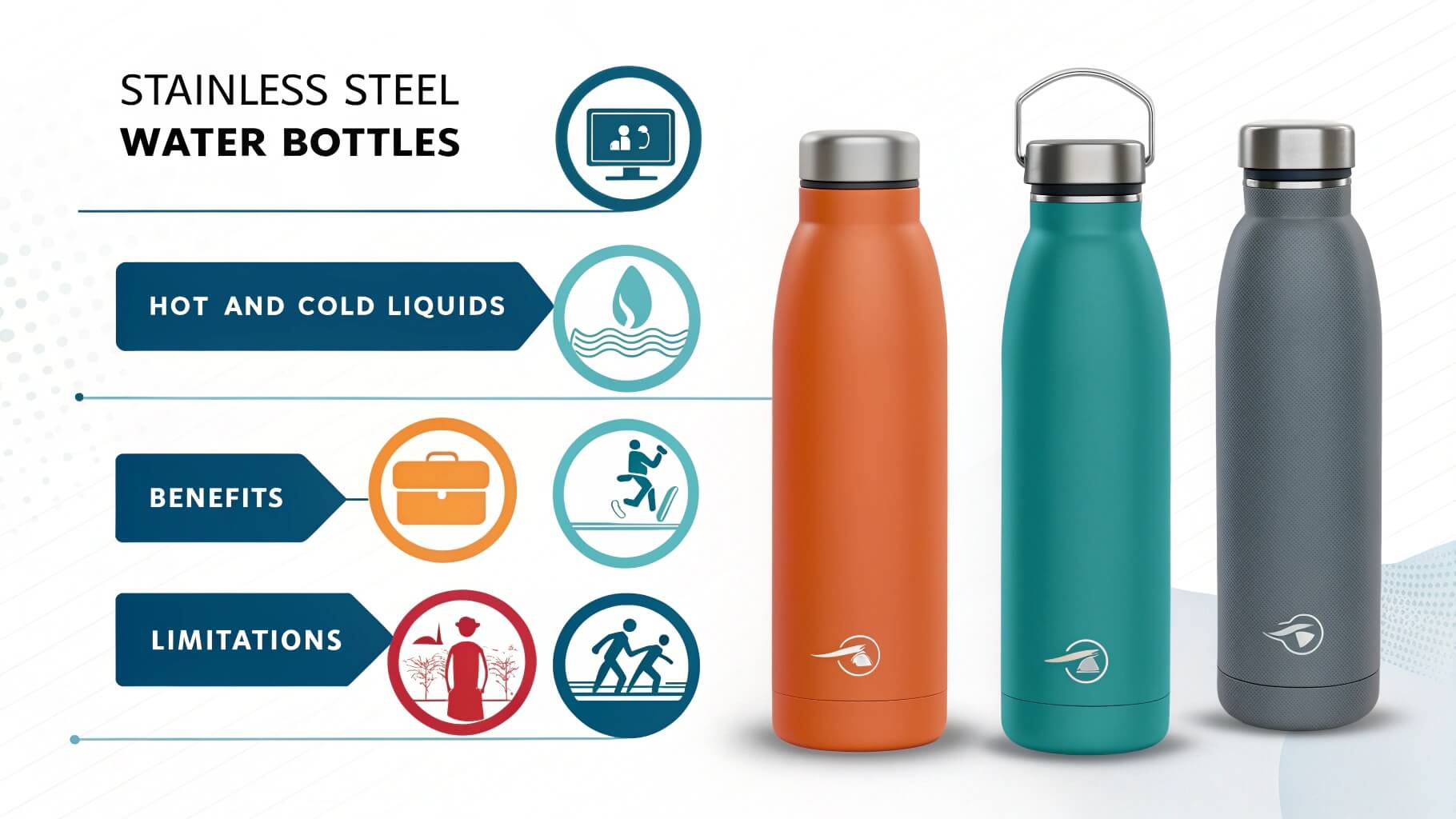
Stainless steel bottles are popular for durability and temperature control, but are they suitable for both hot and cold water?
Stainless steel bottles are safe and effective for both hot and cold water. They maintain temperature and are durable for daily use.
Explore their benefits and limitations to maximize their potential.
Can you put hot water in a stainless steel bottle?
Stainless steel bottles are marketed for temperature retention1, but is it safe for hot liquids?
Yes, stainless steel bottles are designed to handle hot water without degrading. They maintain heat and ensure safety.
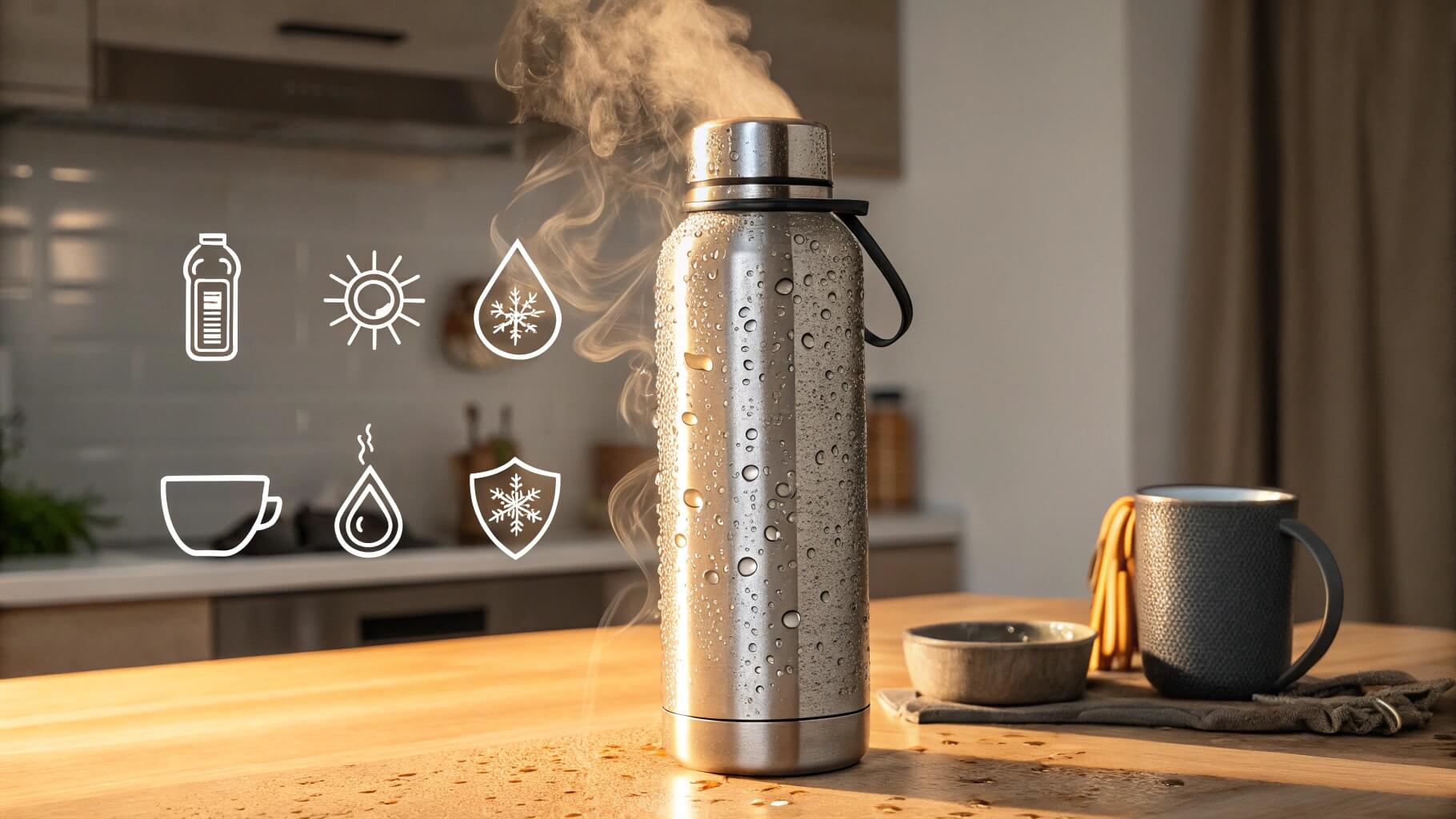
Stainless steel bottles are built with insulation layers, often vacuum-sealed, to retain heat. They are made from food-grade materials2 that don't leach chemicals when exposed to high temperatures. This makes them ideal for coffee, tea, or other hot beverages.
Benefits of putting hot water in stainless steel bottles:
| Feature | Explanation |
|---|---|
| Temperature Retention | Keeps drinks hot for hours. |
| Safety | Non-reactive material, no toxins. |
| Durability | Resistant to heat-induced wear. |
However, avoid using bottles without insulation for hot liquids as they may become too hot to handle and lack thermal retention.
What are the disadvantages of a stainless steel water bottle?

Stainless steel bottles are praised for their benefits, but are there any drawbacks?
Despite their benefits, stainless steel bottles can be heavier, costly, and may dent if dropped.
While stainless steel bottles offer many advantages, they are not without flaws. Heavier than plastic, they may not be ideal for activities like hiking. Additionally, they can dent if dropped, potentially affecting insulation. The initial cost is also higher compared to plastic bottles, although long-term durability offsets this.
Key disadvantages to consider:
| Disadvantage | Impact |
|---|---|
| Weight | Heavier to carry for long periods. |
| Cost | Higher upfront cost. |
| Dents | Prone to cosmetic damage. |
Consider these factors based on your lifestyle and usage.
What can you not put in a stainless steel water bottle?
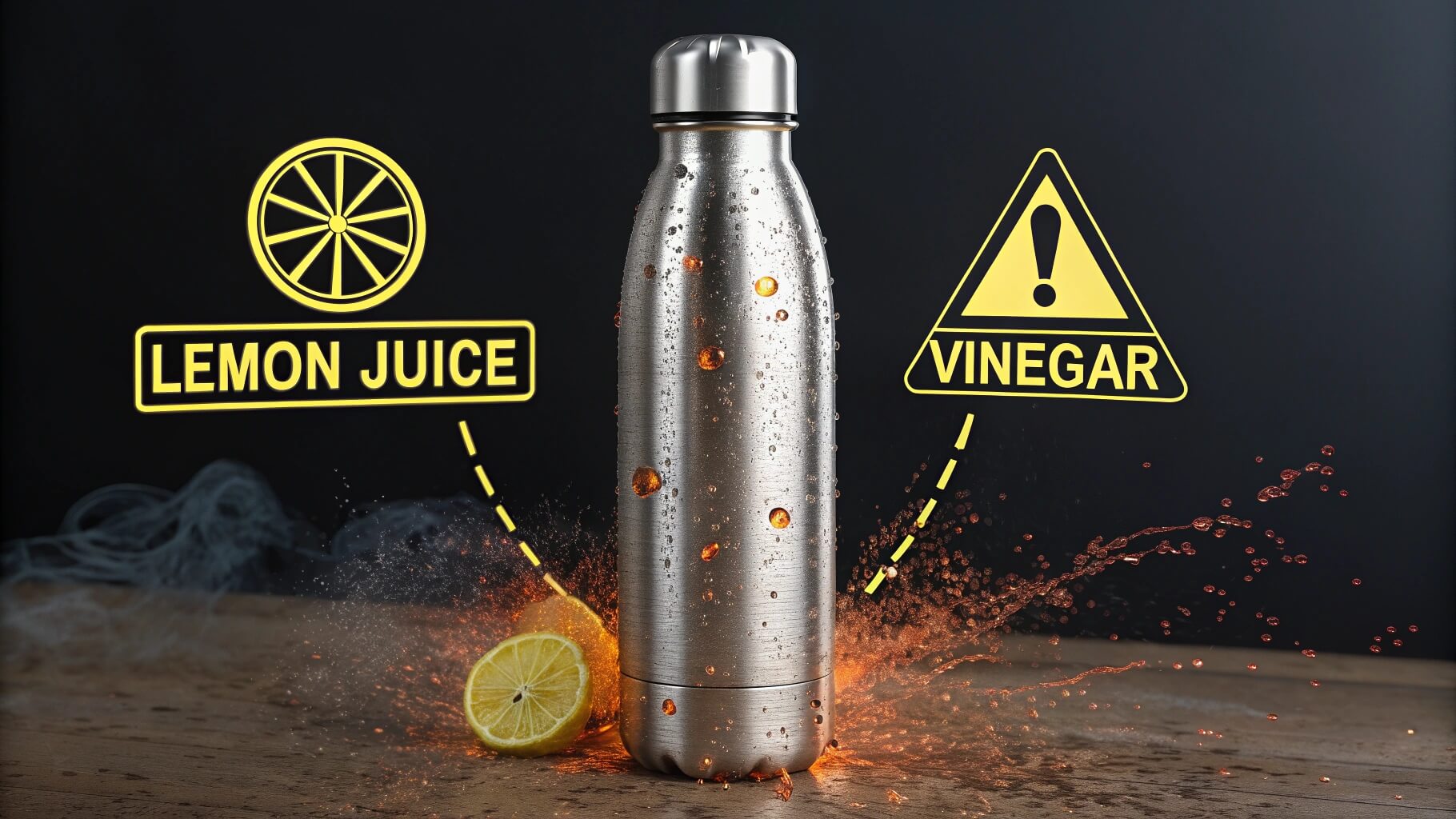
Some substances may react with stainless steel. What should you avoid?
Avoid acidic liquids like lemon juice or vinegar. These may corrode the steel over time.
While stainless steel is corrosion-resistant, prolonged exposure to strong acids can weaken its protective layer. Carbonated beverages can also cause presssure build-up, risking leaks or damage. It's best to stick to water, tea, or coffee for daily use.
Substances to avoid:
| Substance | Reason |
|---|---|
| Strong acids | Can corrode steel over time. |
| Saltwater | May leave deposits or stains. |
| Carbonated drinks | Pressure can cause issues. |
Choose the right liquids to extend the bottle’s lifespan.
Do stainless steel bottles keep water cold?
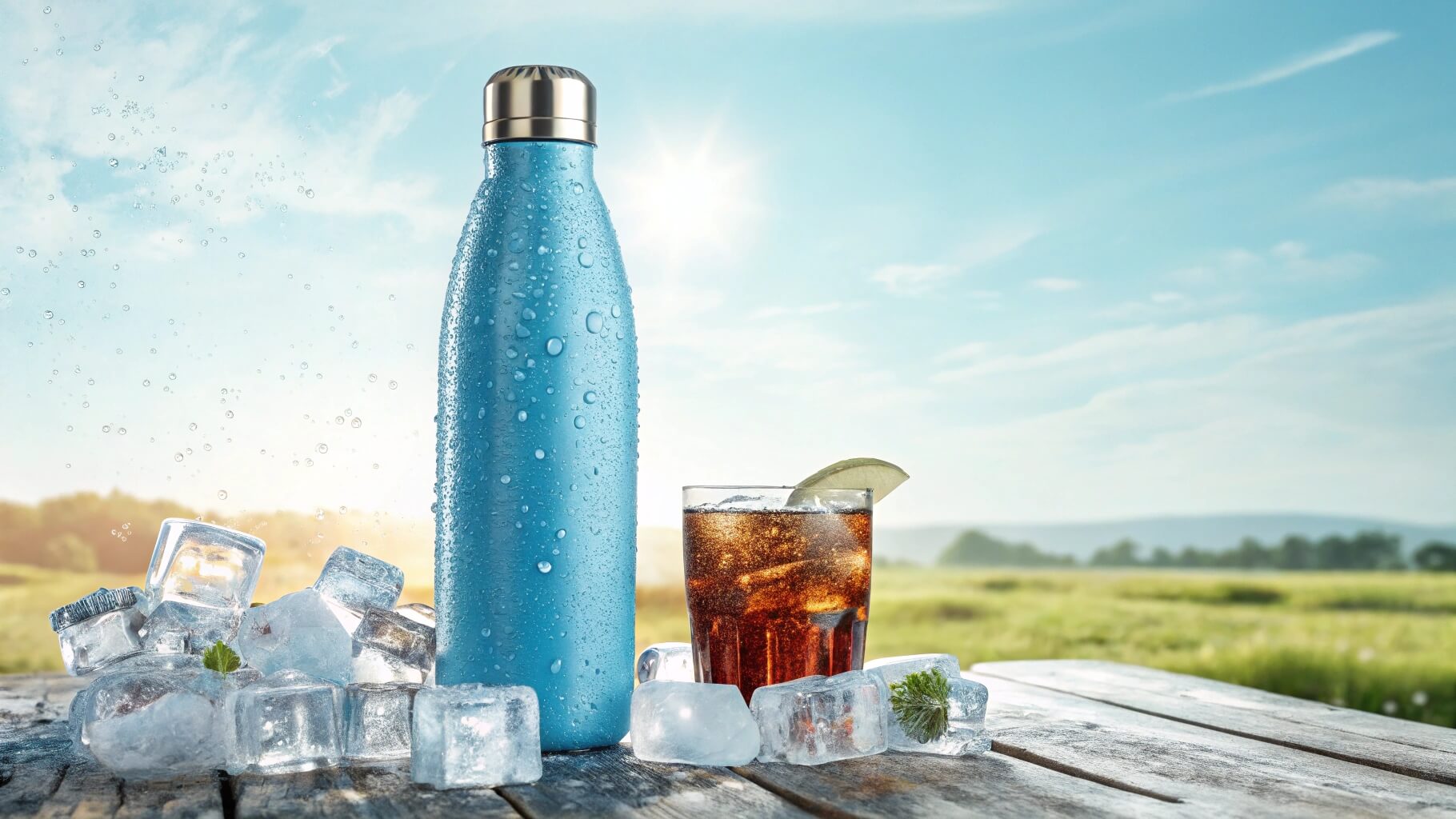
Can stainless steel bottles keep beverages cold for extended periods?
Yes, vacuum-insulated stainless steel bottles3 keep drinks cold for up to 24 hours.
These bottles are designed with double walls and vacuum insulation to prevent heat transfer. This feature ensures cold water stays chilled for hours, even in hot climates. Many users rely on them for outdoor activities and workouts.
Why stainless steel bottles excel at keeping water cold:
| Feature | Benefit |
|---|---|
| Vacuum insulation | Blocks heat transfer. |
| Durable material | Prevents external temperature effects. |
| Tight seals | Reduces air exchange. |
They are perfect for both daily hydration and outdoor adventures.
Can you put cold water on hot stainless steel?
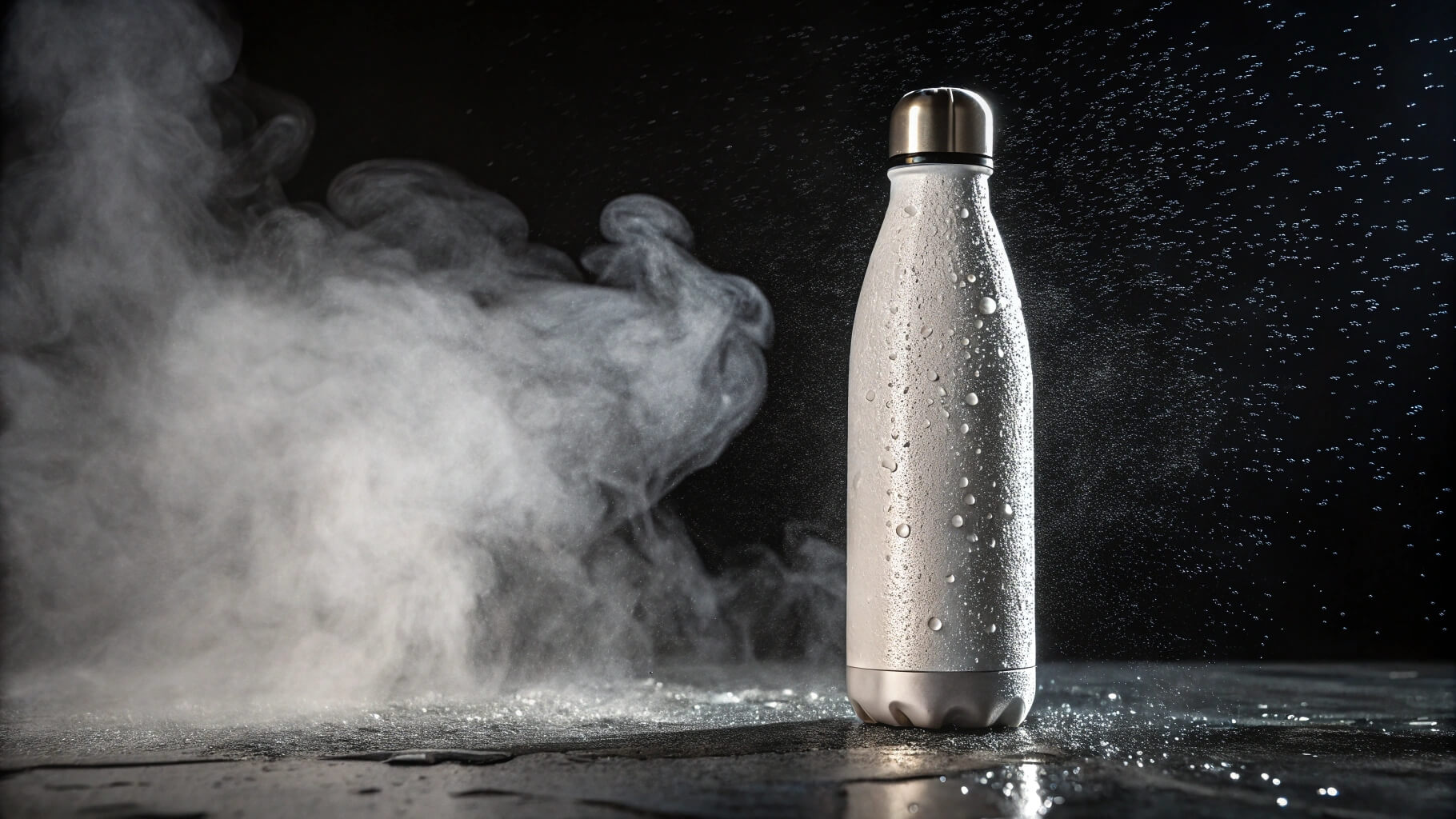
Is it safe to rapidly cool a hot stainless steel bottle with cold water?
Yes, stainless steel can handle rapid temperature changes without damage.
Stainless steel is engineered to resist thermal shock4. Its high melting point and robust structure prevent warping or cracking. However, sudden cooling may create condensation on the outer surface, which is harmless but can make handling slippery.
Managing temperature shifts:
| Scenario | Outcome |
|---|---|
| Rapid cooling | No structural damage. |
| Condensation | Harmless but can affect grip. |
| Thermal retention | May slightly decrease efficiency. |
It’s safe to switch between hot and cold water as needed.
How long can you leave water in a stainless steel water bottle?

What’s the ideal duration for storing water in a stainless steel bottle?
Water can be stored in stainless steel bottles for 1-2 days if clean and sealed.
Stainless steel’s non-reactive nature5 makes it ideal for water storage. However, bacteria may grow over time if the bottle isn't cleaned regularly. For long-term storage, ensure the bottle is properly sanitized before use.
Tips for safe water storage:
| Duration | Recommendation |
|---|---|
| 1-2 days | Safe for drinking. |
| More than 2 days | Clean thoroughly before reuse. |
| Sealed bottles | Reduces contamination risks. |
Maintain hygiene to maximize the safety and usability of your bottle.
Conclusion
Stainless steel bottles are versatile for hot and cold liquids. With proper care and usage, they are a durable and reliable choice.
-
Exploring how stainless steel bottles maintain temperature can help you choose the right bottle for your needs. ↩
-
Learning about the importance of food-grade materials ensures the safety and quality of your beverages. ↩
-
Understanding the technology behind vacuum insulation can help you choose the best bottle for keeping drinks cold. ↩
-
Learning about thermal shock can help you understand the durability of stainless steel under rapid temperature changes. ↩
-
Exploring the non-reactive nature of stainless steel can inform you about its safety for storing various liquids. ↩

